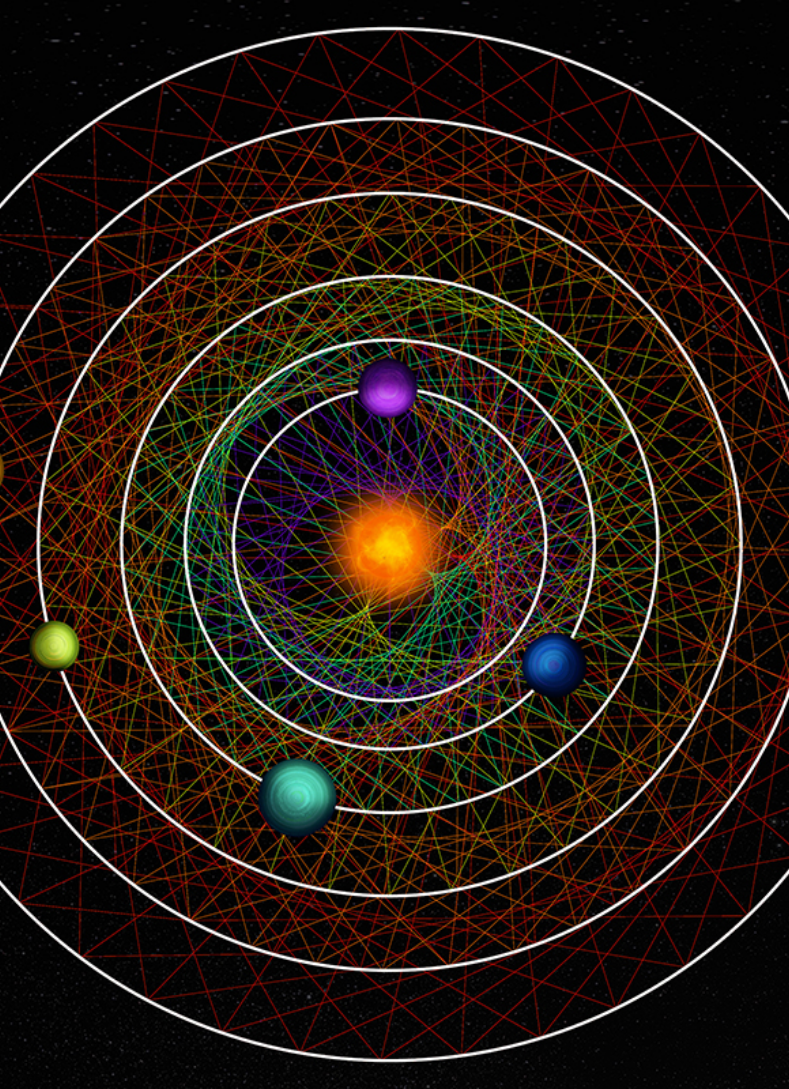
An astronomical waltz of six planets
An international collaboration between astronomers using the CHEOPS and TESS space satellites, including NCCR PlanetS members from the University of Bern and the University of Geneva, have found a key new system of six transiting planets orbiting a bright star in a harmonic rhythm. This rare property enabled the team to determine the planetary orbits which initially appeared as an unsolvable riddle.
CHEOPS is a joint mission by ESA and Switzerland, under the leadership of the University of Bern in collaboration with the University of Geneva. Thanks to a collaboration with scientists working with data from NASA’s satellite TESS, the international team could uncover the planetary system orbiting the nearby star HD110067. A very distinctive feature of this system is its chain of resonances: the planets orbit their host star in perfect harmony. Part of the research team are researchers from the University of Bern and the University of Geneva who are also members of the National Center of Competence in Research (NCCR) PlanetS.
The planets in the HD110067 system revolve around the star in a very precise waltz. When the closest planet to the star makes three full revolutions around it, the second one makes exactly two during the same time. This is called a 3:2 resonance.
Amongst the over 5000 exoplanets discovered orbiting other stars than our Sun, resonances are not rare, nor are systems with several planets. What is extremely rare though, is to find systems where the resonances span such a long chain of six planets. This is precisely the case of HD110067 whose planets form a so-called “resonant chain” in successive pairs of 3:2, 3:2, 3:2, 4:3, and 4:3 resonances, resulting in the closest planet completing six orbits while the outer-most planet does one.